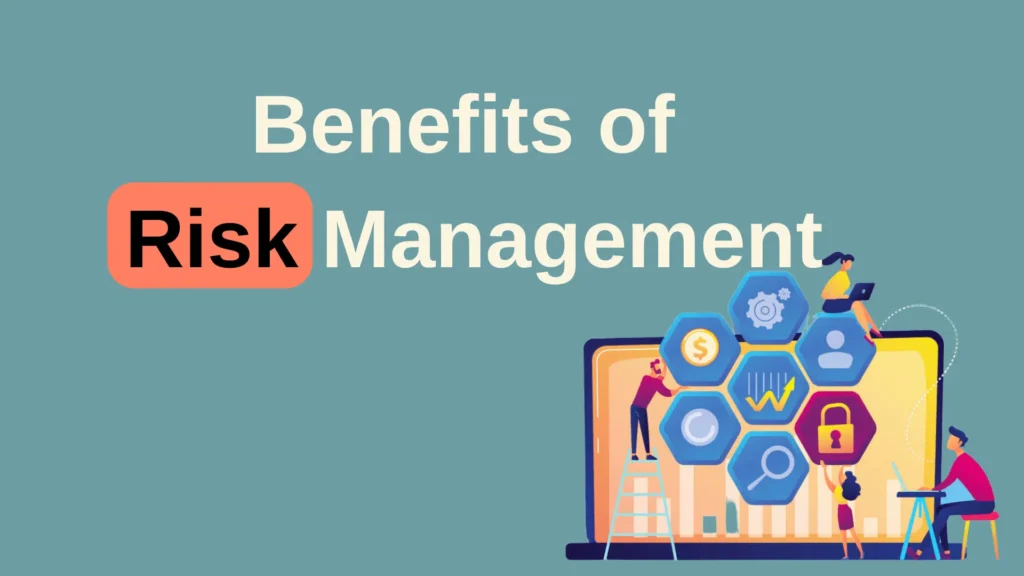Explore the four pillars of risk management essential for success in the life sciences industry. Learn how effective risk management enhances compliance, quality, and reputation.
Learn more about the four pillars of risk management that that you need to get right for success in life sciences industry.
The Life Sciences Industry: Innovation Meets Regulatory Burden
Life sciences is a testament to human ingenuity, where groundbreaking findings drive advancements across healthcare, pharmaceuticals, and medical devices.
Innovation can bring complex regulations and potential pitfalls. To operate in this environment, we have to appreciate the outsized role that effective risk management has on maintaining both regulatory compliance and long-term viability.
Regulatory Compliance Management: A Fundamental in Risk-Based Approach
Risk management is not just another black mark in the life science column, but a full-blown system of recognizing, analyzing, and minimizing hazards to your operations.
At every stage of the supply chain from R&D through manufacturing and distribution, risk management serves as a sentry that defends your organization against compliance violations, reputational harm, and lost profits.
Four Pillars to risk management that are quite performant
Risk management in the life sciences comprises four core pillars, and by understanding each of them you will be able to translate elements of it into your own work.
The Risk identification:
This is the initial step in the risk management lifecycle. This requires a critical evaluation of your processes, systems, and operations to identify potential exposures and lack of maintained compliance.
This is necessary in a regulated environment that has been changing more rapidly than ever, and risk mitigation must be performed in early stages
Risk Assessment:
This involves working out the likelihood of risk and assessing the impact of identified risks.
This step helps in ranking risk to allocate resources correctly. It is also important to assist in developing a risk profile for your organization which is of prime importance for regulatory compliance.
Risk Mitigation:
If there are risks, the next step in the process is to find ways to mitigate them.
It may mean adopting changes, improving process, and training capabilities, enforcing better compliance, or changing culture. With this process, we must minimize the probability and impact of identified risks.
Monitoring and Reporting on Risk: Risk management is not a one-time event but an ongoing process.
Ongoing monitoring and reporting are critical for mitigation to continue to be effective for identifying new risks that may arise.
Here Are Some of the Pros of Good Risk Management
Life sciences: The advantages of good risk management in the life sciences are vast.
Compliance Assurance: Organizations can mitigate the risks associated with non-compliance by identifying them early and taking action to not only stay regulatory complaint but also save from heavy fines.
Enhanced Quality and Security: Identification of possible risks leads to improved product quality and patient safety, helping in risk management.
Resource optimization – prioritizing high-priority risks allows organizations to better allocate resources, time and money creating higher productivity, directly affecting profitability.
Improved Reputation: Your dedication to risk management shows your commitment to quality and safety, improving your reputation with regulators, stakeholders, and customers.
Risk management in the life sciences involves operating with knowledge, experience, and meticulous attention to detail. For customized solutions based on your individual needs, turn to BioBoston Consulting for the effective risk management.
Navigating the complex regulatory environment just got a little bit easier with our team of seasoned professionals who are well-versed in compliance requirements and can save you from getting bogged down by regulation confusion.
The life sciences industry is a rapidly changing environment; therefore risk management is more than just necessary. Without risk management systems, you are putting your organization at risk of compliance pitfalls, compromising the quality and safety of your products, and potentially damaging your reputation.
Conclusion
BioBoston Consulting is here to be a trusted partner that helps you navigate the labyrinthine expanse of regulations as you hone your understanding of risk management.
We look forward to tackling them all and to make the most out of what life sciences has in store for us!
For more information, get in touch with BioBoston Consulting or head our website and find out how we can help your organization.


